As dark clouds part and the patter of raindrops subsides, an interesting phenomenon occurs in many regions around the world – snakes seem to appear more frequently. This observation isn’t merely coincidental but rooted in fascinating biological and environmental factors that influence reptilian behavior. Heavy rainfall creates a perfect storm of conditions that prompt snakes to become more visible, whether slithering across roads, emerging near homes, or exploring terrain they might otherwise avoid. Understanding why these serpents make their presence known after a downpour provides valuable insights into their survival strategies, ecological roles, and relationships with weather patterns. For those curious about these misunderstood creatures, the connection between snakes and rain reveals much about their natural history and behavior.
The Flooding Factor: Displacement from Underground Homes

One of the primary reasons snakes emerge after heavy rainfall is simple – displacement from their underground retreats. Many snake species shelter in burrows, crevices, or holes beneath the soil surface where they find protection from predators and temperature extremes. When heavy rain saturates the ground, these subterranean sanctuaries often flood, forcing snakes to evacuate and seek higher, drier ground. This displacement can be sudden and urgent, particularly in regions prone to flash flooding or during exceptionally intense precipitation events. Underground tunnel systems created by rodents, which snakes frequently inhabit, are especially vulnerable to flooding, creating a mass exodus of not just the snakes but also their prey. The waterlogged earth essentially pushes these reptiles to the surface, where humans are more likely to encounter them, creating the impression of increased snake activity following storms.
Humidity and Thermal Regulation: Ideal Conditions for Movement
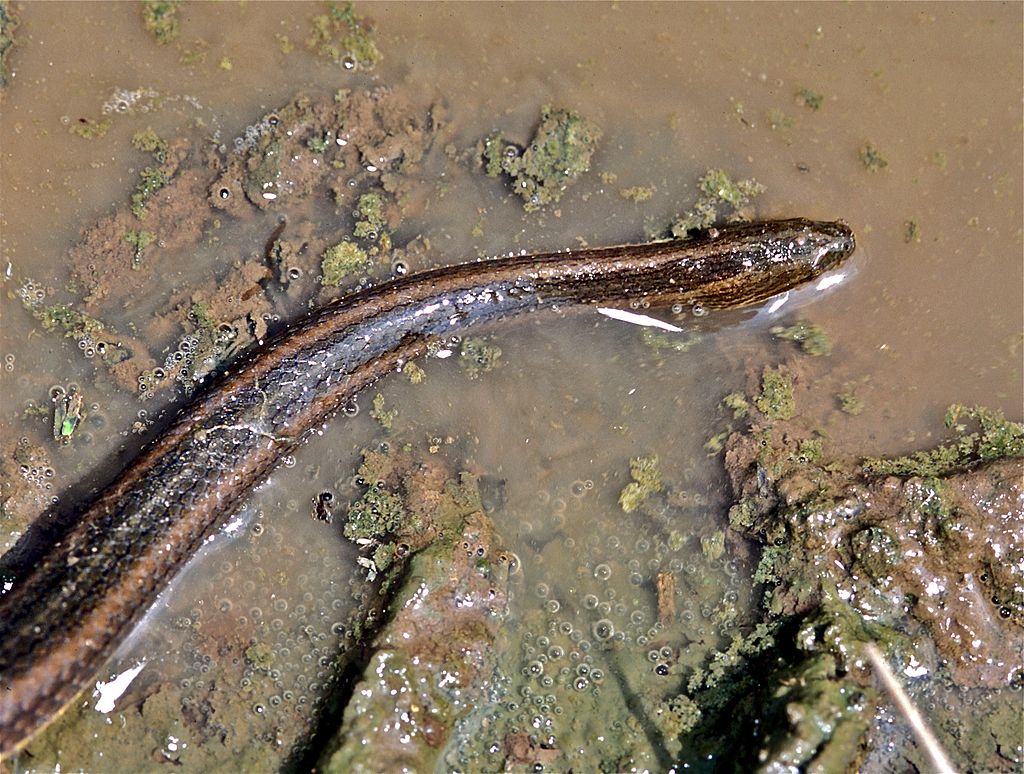
The post-rain environment creates nearly perfect conditions for snake activity due to changes in humidity and temperature. Snakes, being ectothermic (cold-blooded), rely on environmental heat to regulate their body temperature and function optimally. After rainfall, the combination of moisture in the air and breaks in cloud cover can create a humid yet warming environment, which is energetically favorable for snakes to move about. The wet ground retains heat differently than dry soil, potentially creating thermal pathways that are comfortable for snake travel. Additionally, the high humidity reduces the risk of dehydration, allowing snakes to venture farther from water sources than they might during dry conditions. This meteorological sweet spot after rain showers offers a window of opportunity for snakes to hunt, mate, or relocate with minimal physiological stress, making them more likely to be on the move and visible to humans.
Hunting Opportunities: Following Prey Movements

Rain events trigger significant activity in the snake food chain, creating prime hunting conditions that snakes eagerly exploit. When rainfall saturates the ground, numerous prey species become more active – earthworms surface to avoid drowning, amphibians emerge to breed, and rodents relocate from flooded burrows. This sudden abundance and vulnerability of prey presents an irresistible opportunity for hungry snakes. Species that feed on amphibians, like garter snakes, become particularly active as their prey congregates near temporary pools and puddles for mating. Additionally, the moist conditions after rain enhance a snake’s ability to detect prey through improved scent transmission, as chemicals disperse more effectively in humid air. The softened ground also makes tracking prey easier, as scent molecules bind to moist soil particles rather than dissipating in dry, dusty conditions, giving snakes a significant hunting advantage during these post-rain periods.
The Ground Temperature Effect: Seeking Warmth on Roads
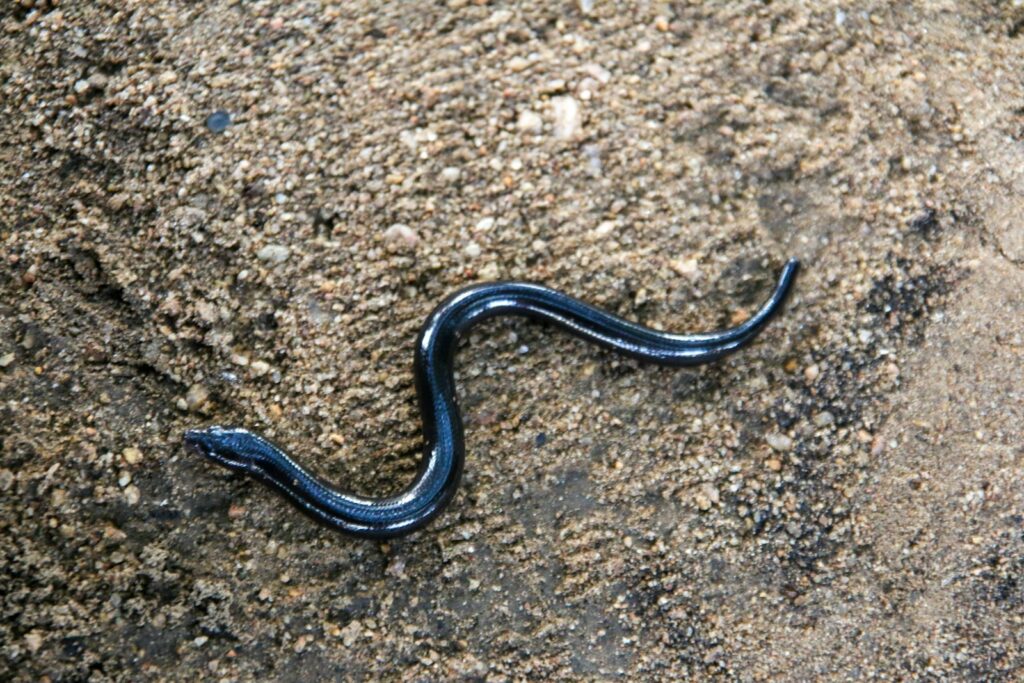
One of the most common places humans encounter snakes after rainfall is on paved roads, a phenomenon directly tied to the thermal properties of these surfaces. Asphalt and concrete absorb heat during the day and release it slowly, making roads significantly warmer than the surrounding wet ground after a rainstorm. This temperature differential creates an attractive basking spot for snakes seeking to raise their body temperature. The dark coloration of most road surfaces enhances this heat-retention quality, making them virtual heat islands in the cooler post-rain landscape. Unfortunately, this behavior puts snakes at considerable risk of vehicular mortality, especially at night when drivers might not spot them. Conservation biologists have documented significant increases in snake road-crossing behavior, specifically during and after precipitation events, confirming the strong relationship between rainfall, thermal-seeking behavior, and snake visibility to humans.
Mating and Migration: Seasonal Rain as a Trigger
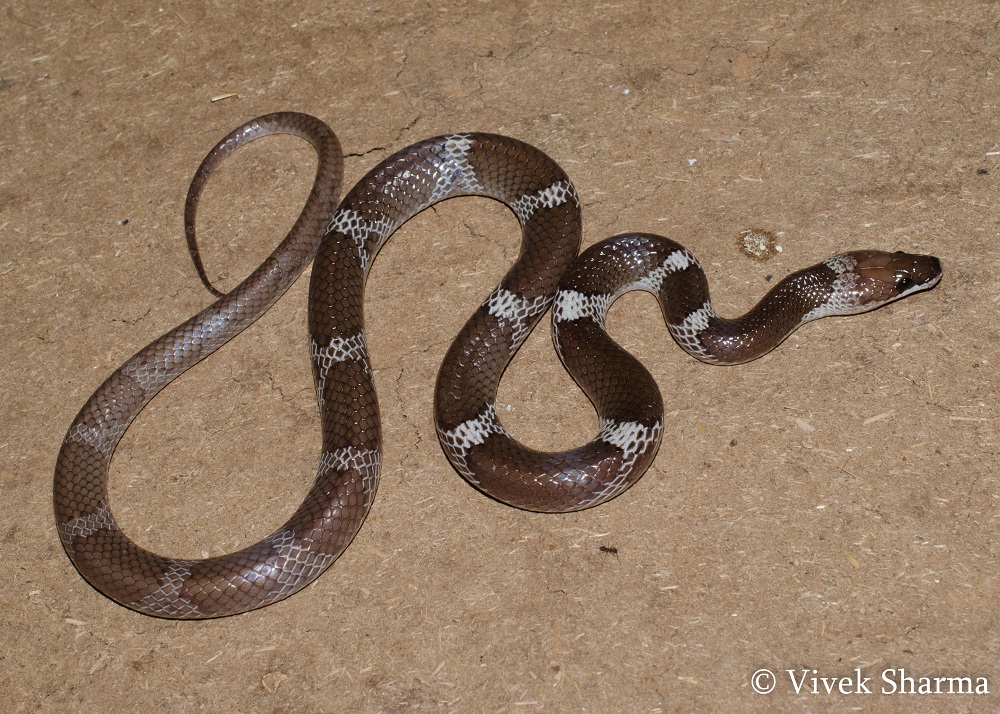
In many regions, seasonal rains serve as environmental cues that trigger important life cycle events for snakes, including breeding behaviors and migrations. Some snake species synchronize their reproductive activities with the onset of rainy seasons, as these periods typically coincide with resource abundance that can support successful breeding and offspring survival. The first substantial rains after dry periods may initiate hormonal changes that drive snakes to search for mates, making them more mobile and visible. Seasonal migrations, where snakes move between summer feeding grounds and winter hibernation sites, are often timed with rainfall patterns that create favorable traveling conditions. During these rain-triggered movements, snakes may cross human-inhabited areas they would otherwise avoid, leading to increased sightings. Research in tropical and subtropical regions has documented clear correlations between the beginning of rainy seasons and spikes in snake reproductive behavior and movement patterns.
Reduced Predation Risk: Safety in Cloudy Conditions
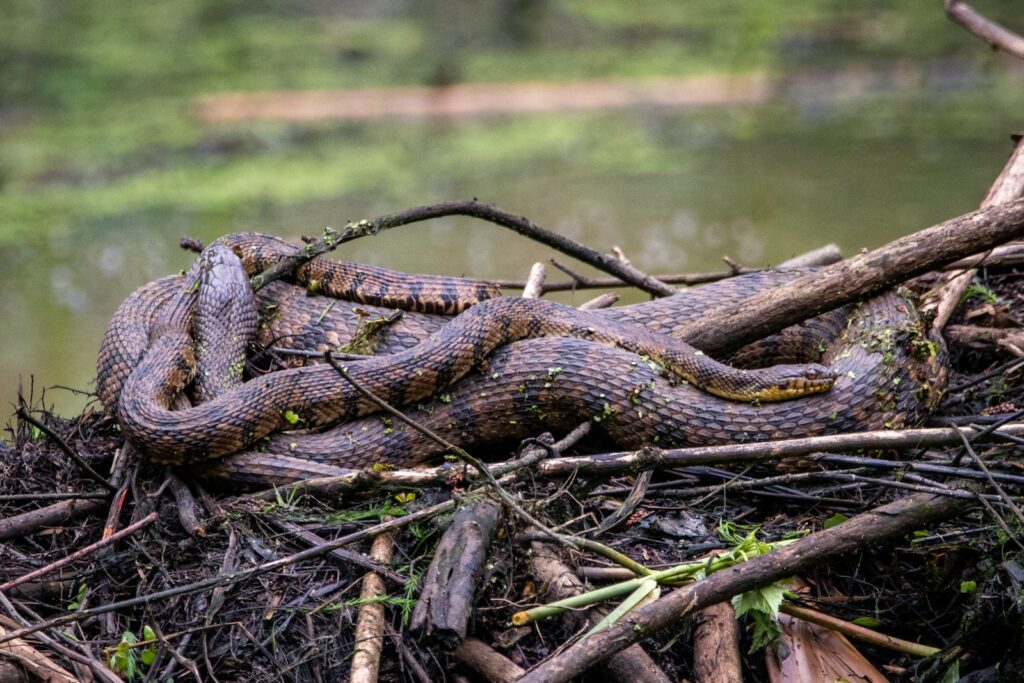
The overcast conditions that accompany and follow rainfall provide snakes with a measure of protection from their natural predators. Many snake predators, particularly birds of prey like hawks and eagles, rely heavily on visual hunting techniques that become less effective during cloudy weather. This reduction in predation pressure creates safer conditions for snakes to move about in the open. Additionally, the sound of rainfall itself can mask the subtle movements of snakes, further reducing their vulnerability to detection by both predators and potential prey. Some researchers suggest that snakes may have evolved to recognize these windows of reduced predation risk and preferentially move during or after rain events. Evidence for this behavior is observed in snake activity patterns that show significant increases during overcast periods compared to bright, sunny days when aerial predators would have optimal hunting conditions.
Water Conservation Strategies: Hydration Opportunities
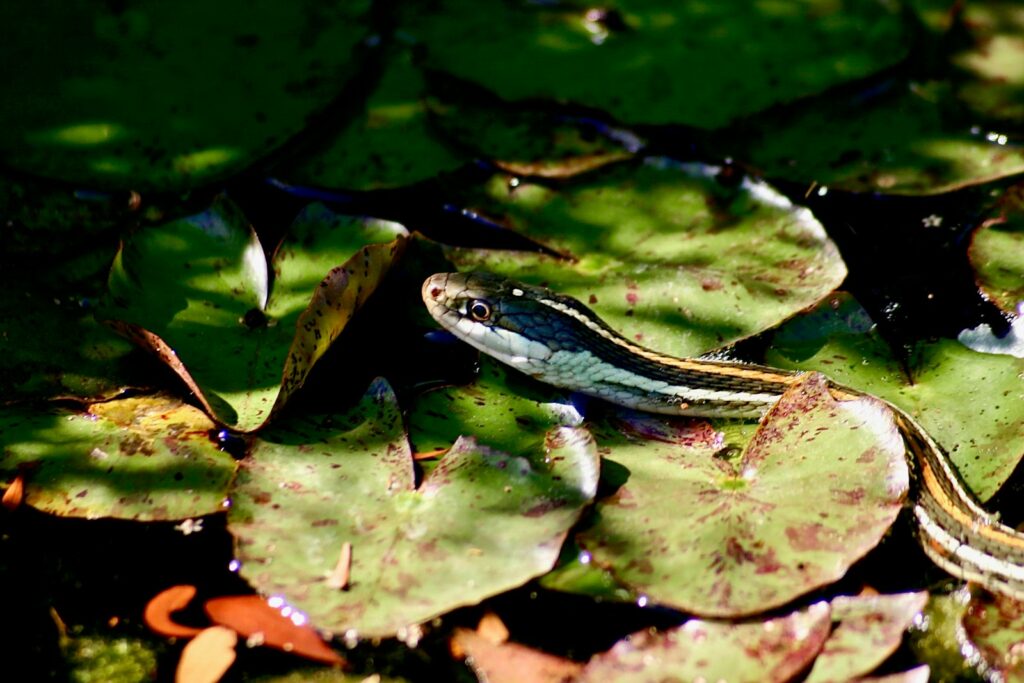
Access to water represents a critical survival factor for snakes, and rainfall provides an invaluable opportunity to rehydrate with minimal energy expenditure. While many people assume snakes primarily drink from standing water sources, many species are adept at obtaining moisture through specialized behaviors. After rainfall, snakes may actively drink from puddles, drops on vegetation, or even absorb moisture through their skin while moving through wet grass. Some species perform a behavior known as “rain-harvesting,” where they position their bodies in special postures to channel water toward their mouths during precipitation. This access to hydration is particularly important for snake species that inhabit arid or seasonally dry environments where water sources are unpredictable. The opportunity to replenish water reserves motivates many snakes to become active immediately following rainfall, when moisture is temporarily abundant on surfaces and vegetation.
Barometric Pressure Sensitivity: Responding to Weather Changes
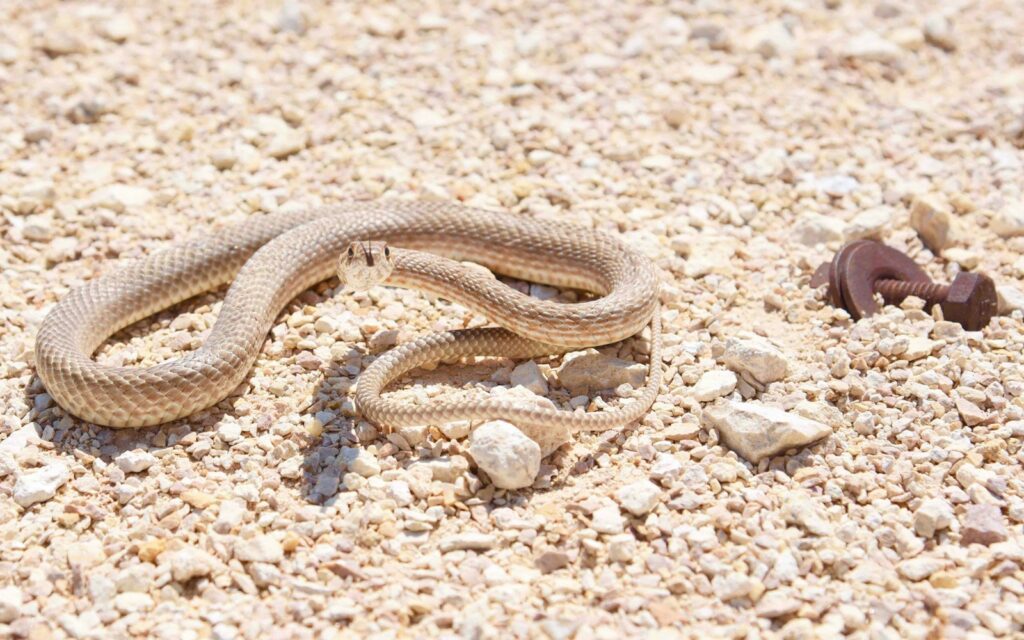
The remarkable sensitivity of snakes to barometric pressure changes may explain their seemingly predictive behavior around storm systems. Research indicates that many reptiles, including snakes, can detect subtle changes in air pressure that precede weather events like thunderstorms and rainfall. This sensitivity likely evolved as a survival mechanism, allowing snakes to seek appropriate shelter before potentially dangerous weather conditions develop. Some herpetologists theorize that the drop in barometric pressure that typically precedes storms may trigger increased movement as snakes relocate to safer positions. This pressure sensitivity could explain observations of increased snake activity not just after rainfall but sometimes in the hours before storms arrive. Empirical studies using controlled pressure environments have demonstrated behavioral changes in several snake species corresponding to the pressure fluctuations that would typically accompany approaching weather systems.
Species-Specific Responses: Not All Snakes React the Same

While increased activity after rainfall is common among many snake species, responses to precipitation can vary dramatically based on species-specific adaptations and ecological niches. Aquatic and semi-aquatic species like water snakes (Nerodia) often show the most pronounced positive responses to rainfall, becoming notably more active as water levels rise and aquatic prey becomes more abundant. In contrast, some desert-adapted species may reduce surface activity during heavy rains, emerging primarily during the favorable conditions that follow. Arboreal (tree-dwelling) snakes might temporarily descend to lower levels during rain but quickly return to elevated positions afterward to avoid ground predators. Even within the same geographical area, different snake species may demonstrate opposite behavioral patterns in response to identical rainfall events. These diverse reactions reflect the remarkable specialization that has evolved among snake species to exploit different microhabitats and resources within shared ecosystems.
Urban Encounters: Why Homes See More Snakes After Storms
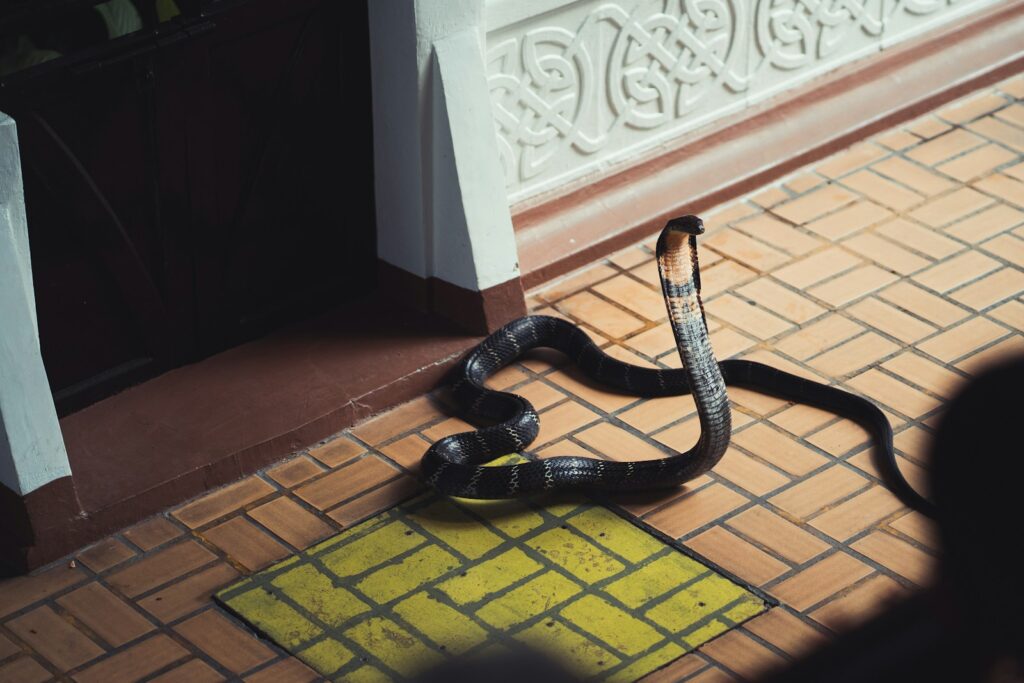
Residential snake encounters often spike following heavy rainfall, a pattern driven by both snake behavior and the nature of developed environments. Modern landscaping practices create artificial drainage patterns that can funnel displaced snakes toward structures as they seek higher ground. Homes with raised foundations, especially those near natural areas, may represent the nearest dry refuge for snakes escaping saturated soils. Additionally, urban heat island effects make residential areas slightly warmer than surrounding natural lands, potentially attracting cold-blooded reptiles seeking thermal advantages after cooling rains. Human habitations also concentrate prey species like mice, rats, and insects that have similarly been displaced by the rain, creating a draw for hungry snakes. The combination of these factors explains why homeowners frequently report finding snakes in garages, under porches, and along foundation walls, specifically in the days following significant precipitation events.
Climate Change Implications: Shifting Rainfall and Snake Behavior

Climate change presents a significant variable in understanding future patterns of snake activity concerning rainfall. As precipitation patterns become increasingly erratic in many regions, with longer dry periods interrupted by more intense rainfall events, snake behavior is likely to adapt accordingly. Herpetologists are documenting range expansions in some snake species that appear to be following shifting rainfall patterns, allowing them to colonize previously unsuitable habitats. More frequent flooding events may lead to increased human-snake encounters as displaced serpents seek refuge in developed areas. Some research suggests that certain snake species may alter their seasonal activity cycles in response to changing rainfall timing, potentially affecting everything from breeding seasons to hibernation patterns. These climate-driven behavioral shifts highlight the complex relationship between snakes and precipitation, underscoring the need for continued research to understand how these remarkable reptiles will respond to ongoing environmental changes.
Safety Considerations: Reducing Risk During Post-Rain Encounters
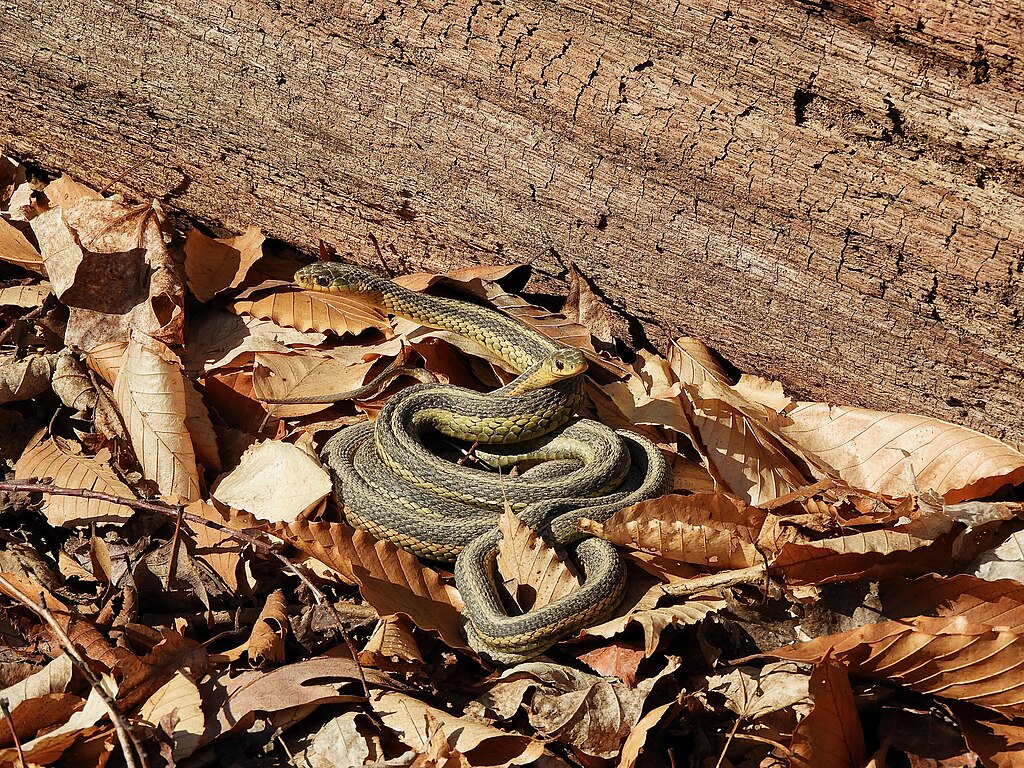
Understanding that snake activity often increases after rainfall allows for practical safety measures to reduce negative interactions. When venturing outdoors after storms, particularly in snake-prone areas, wearing closed-toe shoes and long pants provides basic protection against accidental snake encounters. Using a flashlight when walking at night, especially on roads or paths near natural areas, significantly improves the chances of spotting and avoiding snakes. Homeowners can reduce snake attraction around residences by removing debris piles, keeping grass trimmed, and sealing potential entry points into structures, especially ahead of predicted heavy rain events. It’s important to remember that most snakes encountered after rainfall are simply seeking suitable habitat and pose little threat if left undisturbed. Wildlife experts emphasize that snakes generally prefer to avoid human contact and will typically retreat if given the opportunity, making awareness and respectful distance the best approach to post-rain snake encounters.
The relationship between rainfall and increased snake sightings illustrates the remarkable way these reptiles have adapted to their environments. Far from random occurrences, these post-rain appearances reflect sophisticated survival strategies that have evolved over millions of years. From taking advantage of hunting opportunities and thermal conditions to responding to barometric pressure changes and seeking shelter from flooding, snakes demonstrate complex behavioral responses to precipitation events. By understanding these patterns, we can better appreciate these often-misunderstood creatures and their ecological roles while taking reasonable precautions during the periods when human-snake encounters are most likely. Rather than fearing these increased sightings after rainfall, we might instead recognize them as fascinating glimpses into the intricate relationship between weather patterns and wildlife behavior that unfolds around us with every storm.





